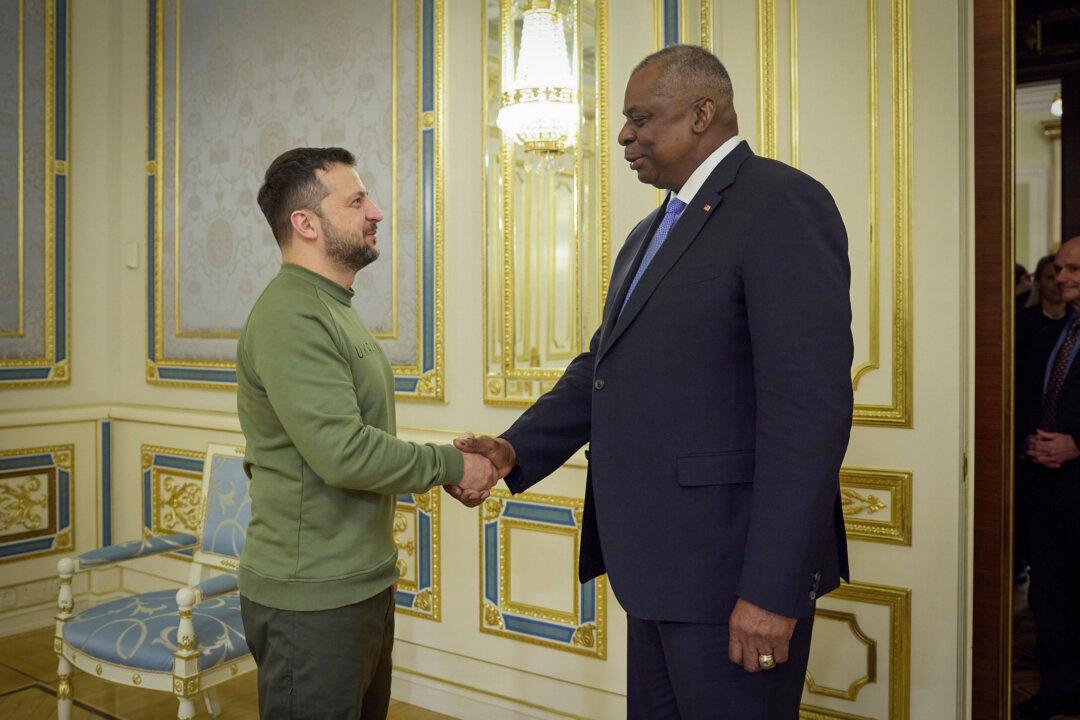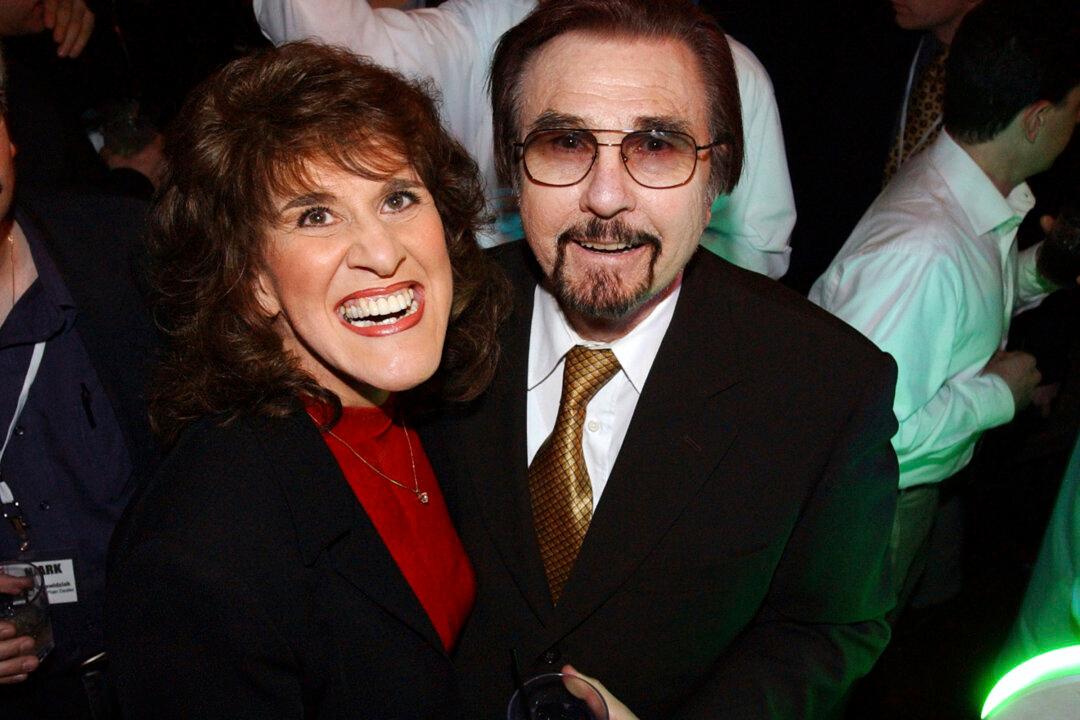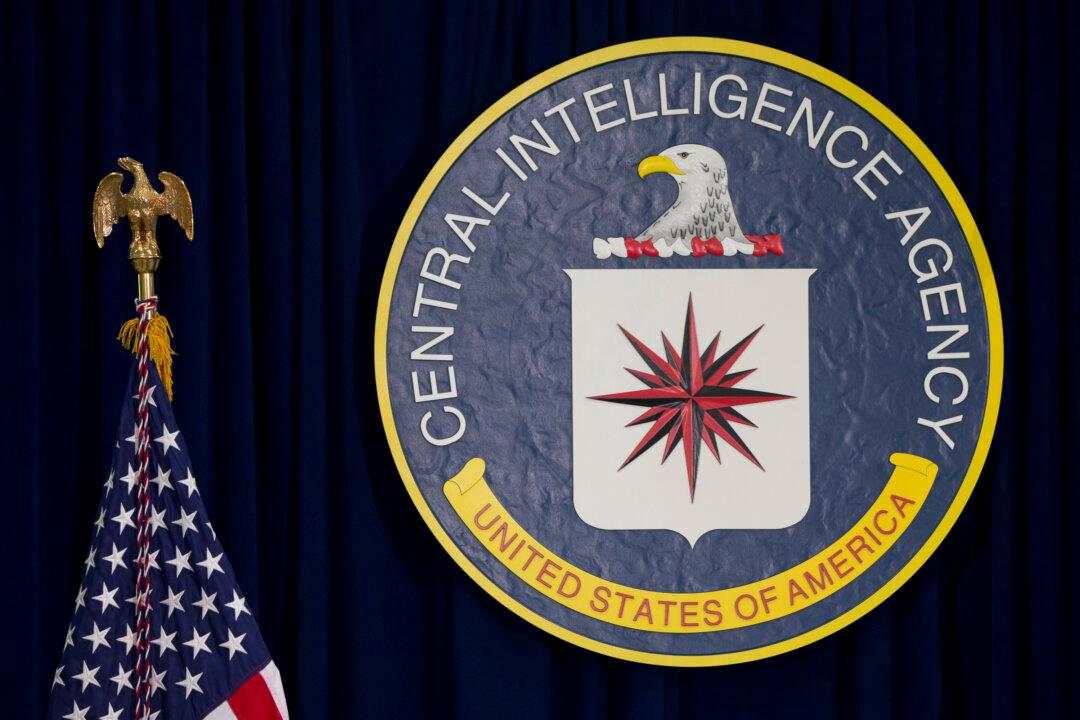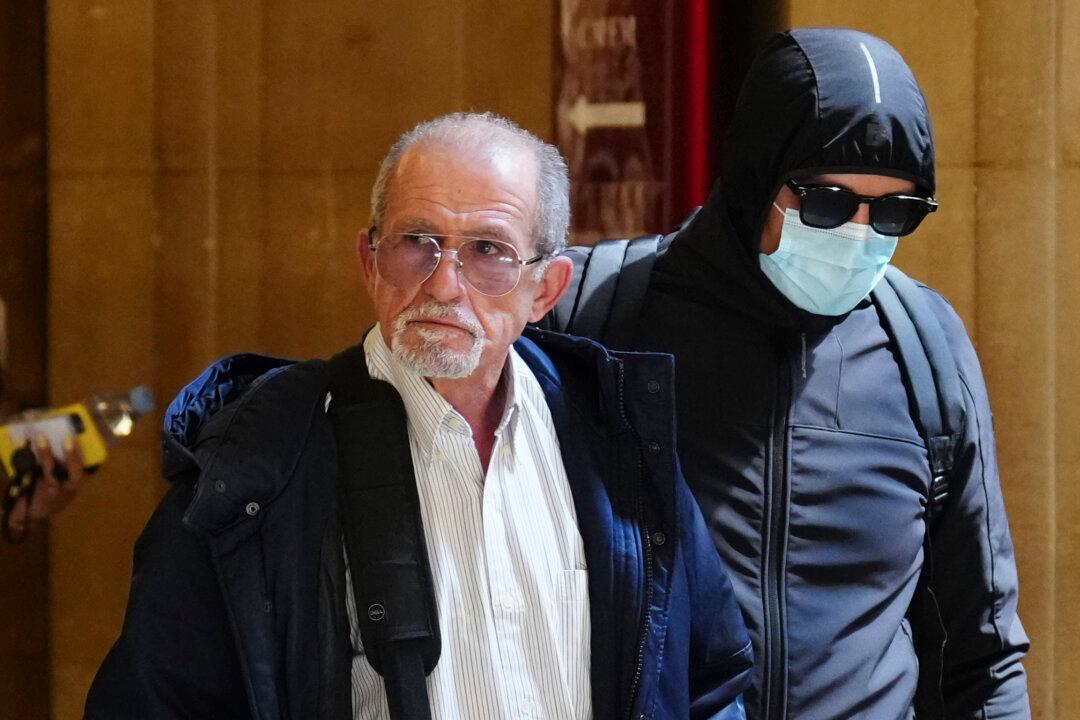In an unannounced visit to Kyiv on Monday, U.S. Defense Secretary Lloyd Austin pledged to keep money and weapons flowing to Ukraine even as resources are stretched by the new and global risks posed by the Israel–Hamas conflict.
Mr. Austin, who made just his second visit to Kyiv by train from Poland, met with Ukrainian President Volodymyr Zelenskyy and was scheduled to meet with Defense Minister Rustem Umerov and Chief of Staff Gen. Valerii Zaluzhnyi.





